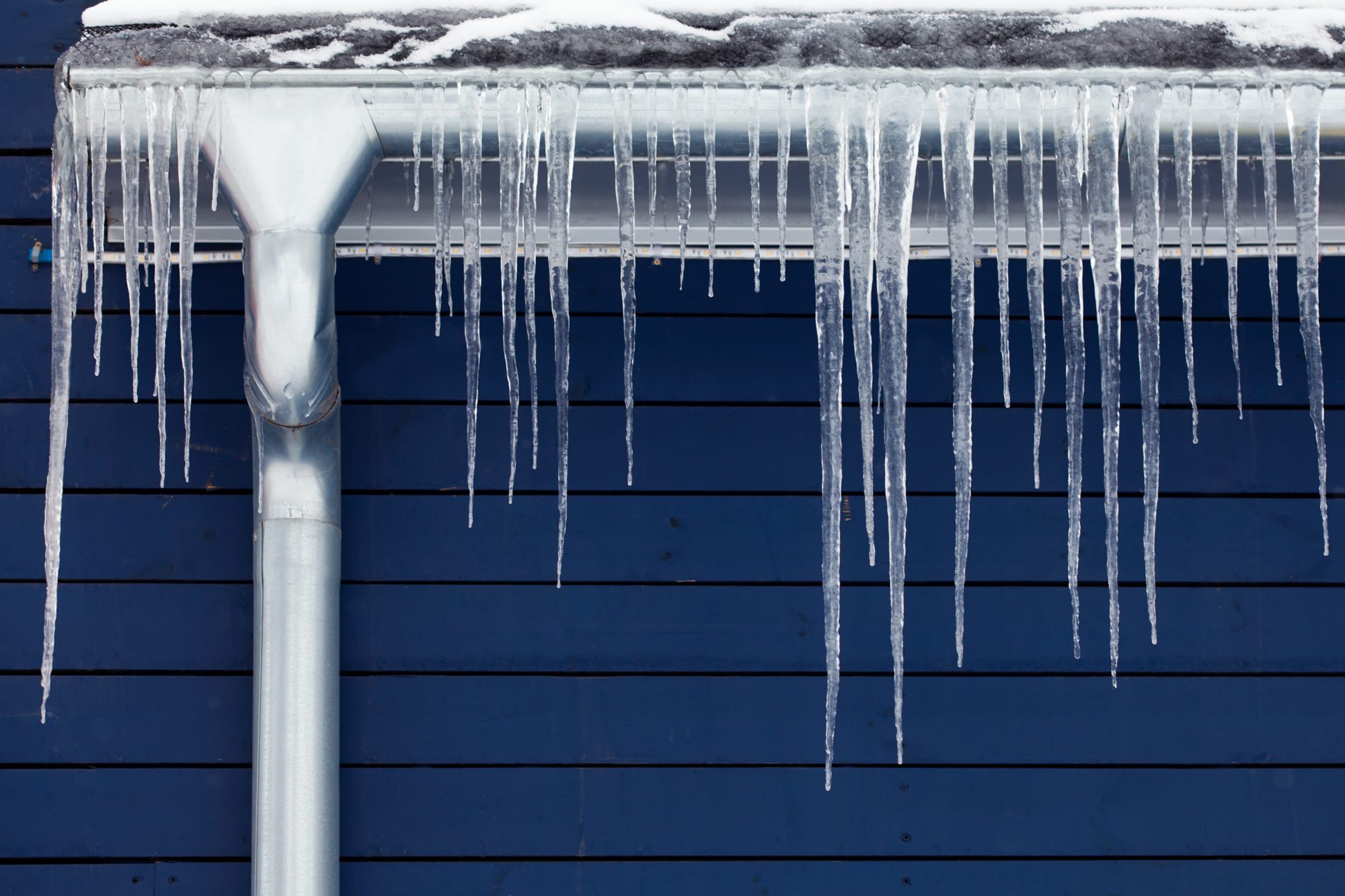They are making several good points on the subject of Prevent Frozen Pipes in general in this post which follows.

Cold weather can wreak havoc on your pipes, specifically by freezing pipelines. Below's exactly how to prevent it from taking place and what to do if it does.
Intro
As temperatures drop, the danger of icy pipes increases, potentially causing costly repair work and water damage. Recognizing exactly how to stop icy pipelines is important for homeowners in chilly climates.
Prevention Tips
Insulating at risk pipelines
Wrap pipes in insulation sleeves or use warmth tape to secure them from freezing temperatures. Focus on pipelines in unheated or outside areas of the home.
Home heating strategies
Maintain interior spaces appropriately heated up, especially areas with pipes. Open up cabinet doors to permit cozy air to distribute around pipes under sinks.
Exactly how to identify frozen pipes
Search for lowered water circulation from taps, unusual odors or noises from pipes, and noticeable frost on exposed pipes.
Long-Term Solutions
Structural adjustments
Think about rerouting pipes far from outside walls or unheated areas. Add additional insulation to attics, basements, and crawl spaces.
Upgrading insulation
Purchase top notch insulation for pipelines, attic rooms, and wall surfaces. Appropriate insulation helps maintain constant temperature levels and decreases the danger of frozen pipelines.
Shielding Outdoor Plumbing
Yard pipes and outside faucets
Separate and drain yard hose pipes before wintertime. Set up frost-proof spigots or cover outdoor faucets with protected caps.
Recognizing Icy Pipes
What triggers pipelines to ice up?
Pipes freeze when subjected to temperature levels listed below 32 ° F (0 ° C) for prolonged durations. As water inside the pipes ices up, it expands, taxing the pipe walls and potentially causing them to break.
Threats and damages
Frozen pipelines can cause water supply disturbances, property damages, and pricey fixings. Ruptured pipelines can flooding homes and trigger comprehensive architectural damage.
Indicators of Frozen Water Lines
Determining frozen pipes early can stop them from rupturing.
What to Do If Your Pipes Freeze
Immediate activities to take
If you suspect icy pipes, keep taps open up to ease stress as the ice thaws. Use a hairdryer or towels soaked in hot water to thaw pipes gradually.
Conclusion
Protecting against frozen pipes calls for aggressive measures and fast feedbacks. By comprehending the causes, indications, and preventive measures, house owners can protect their plumbing throughout cold weather.
6 Proven Ways to Prevent Frozen Pipes and Protect Your Home
Disconnect and Drain Garden Hoses
Before winter arrives, start by disconnecting your garden hoses and draining any remaining water. Close the shut-off valves that supply outdoor hose bibs and leave the outdoor faucet open to allow any residual water to drain. For extra protection, consider using faucet covers throughout the colder months. It’s also important to drain water from any sprinkler supply lines following the manufacturer’s directions.
Insulate Exposed Pipes
Insulating your pipes is an effective way to prevent freezing. Pipe insulation is readily available at home improvement stores and is relatively inexpensive. Pay close attention to pipes in unheated areas such as the attic, basement, crawl spaces, or garage. Apply foam insulation generously to create a buffer against the cold. You can also wrap your pipes in heat tape or thermostat-controlled heat cables for added warmth.
Seal Air Leaks
Inspect your home for any cracks or openings that could let in cold air. Seal any holes around the piping in interior or exterior walls, as well as the sill plates where your home rests on its foundation. Additionally, make sure to keep your garage door closed unless you’re entering or exiting. Leaving it open creates a significant air leak that can lead to frozen pipes.
Allow Warm Air Circulation
During cold snaps, it’s essential to allow warm air to circulate evenly throughout your home. Leave interior doors ajar to promote better airflow. Open kitchen and bathroom cabinets to help distribute heat consistently around the rooms. If you have small children or pets, be sure to remove any household chemicals or potentially harmful cleaners from open cabinets for safety.
Let Faucets Drip
A small trickle of water can make a big difference in preventing ice formation inside your pipes. When temperatures drop significantly, start a drip of water from all faucets served by exposed pipes. This continuous flow helps prevent the water from freezing. Additionally, running a few faucets slightly can relieve pressure inside the pipes, reducing the chances of a rupture if the water inside does freeze.
https://choateshvac.com/6-proven-ways-to-prevent-frozen-pipes-and-protect-your-home/

As a fervent person who reads about Helpful Tips to Prevent Frozen Pipes this Winter, I figured sharing that excerpt was necessary. Sharing is caring. Helping people is fun. Thanks a bunch for your time. Please check up our site back soon.
Book 24/7